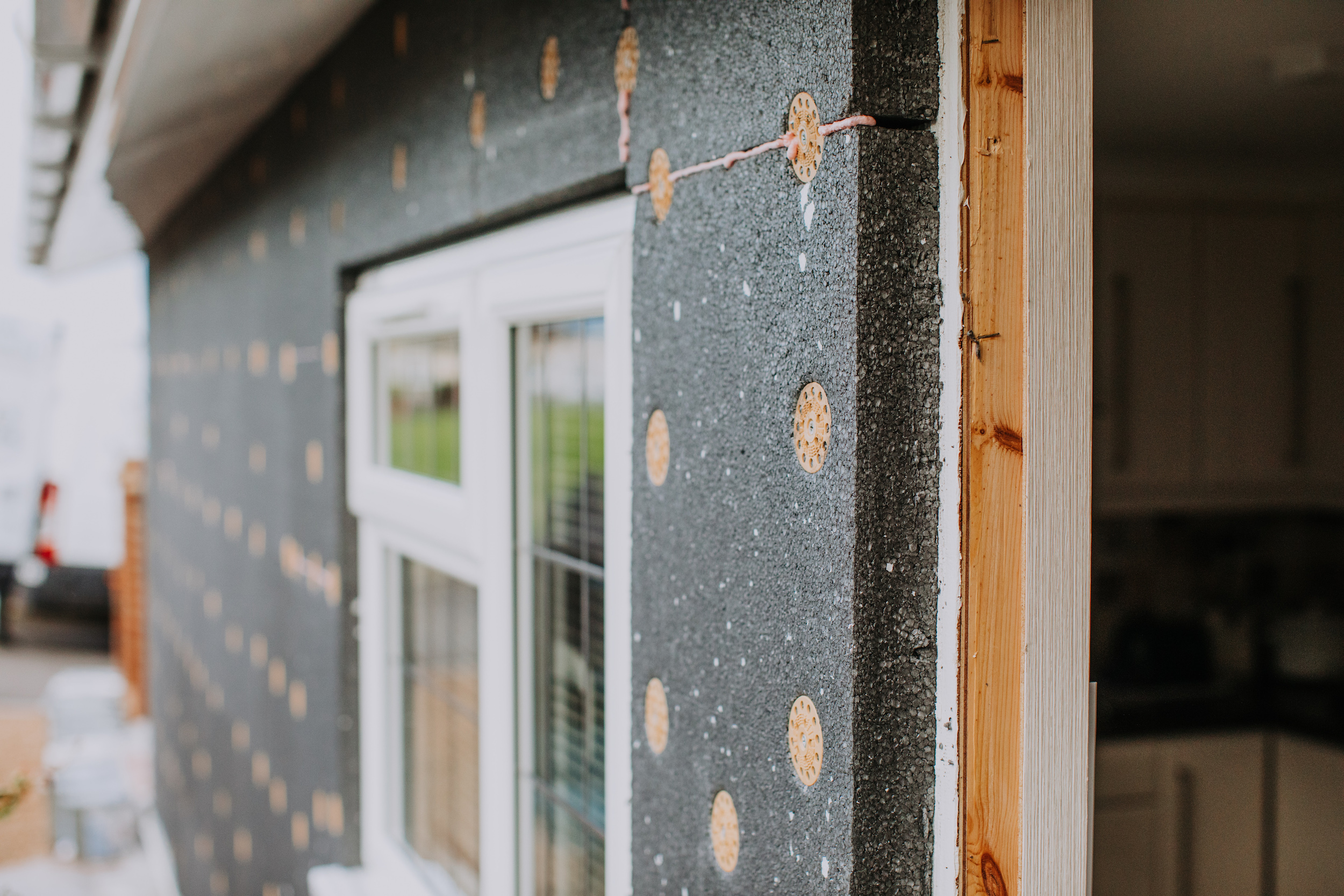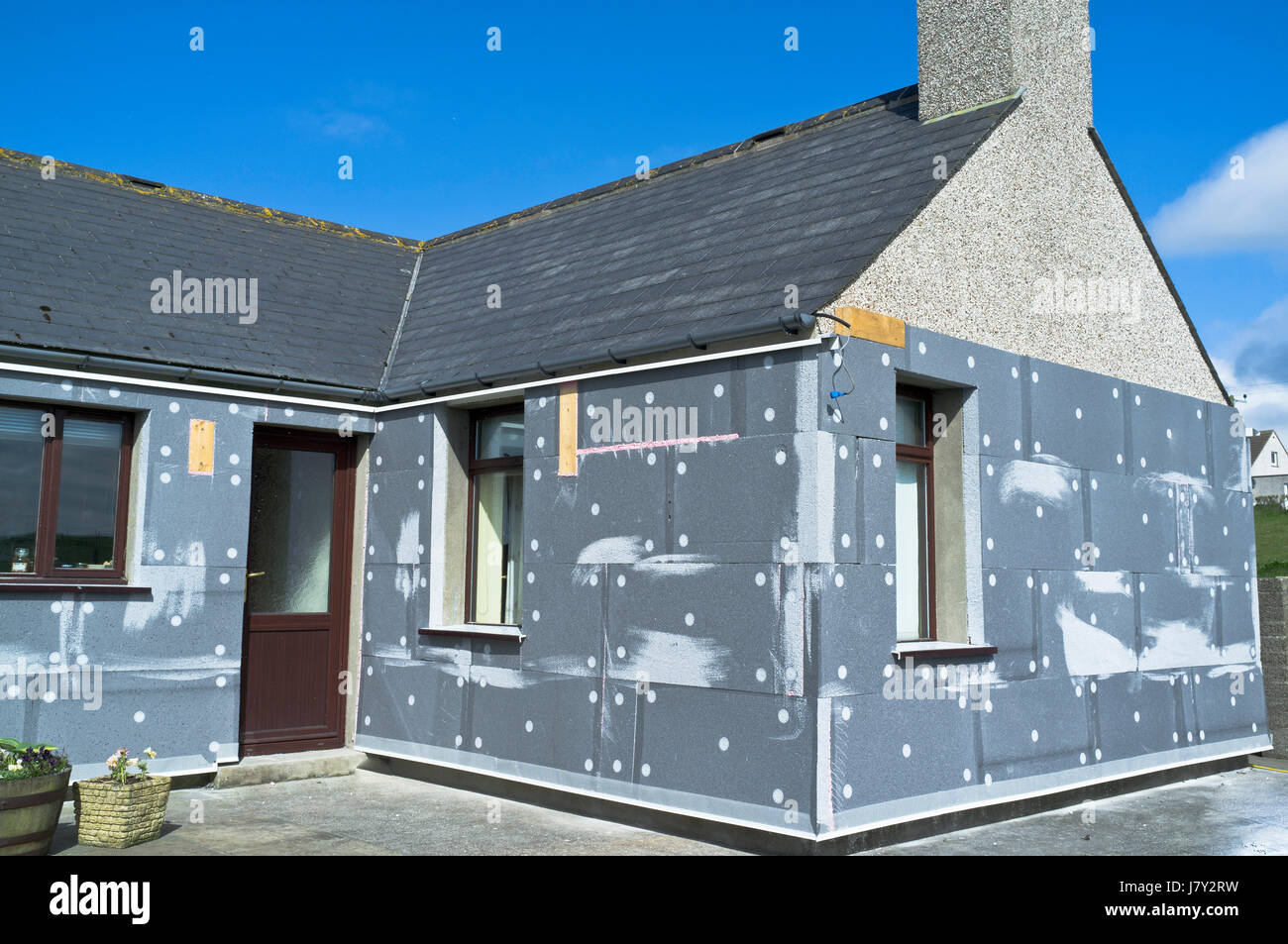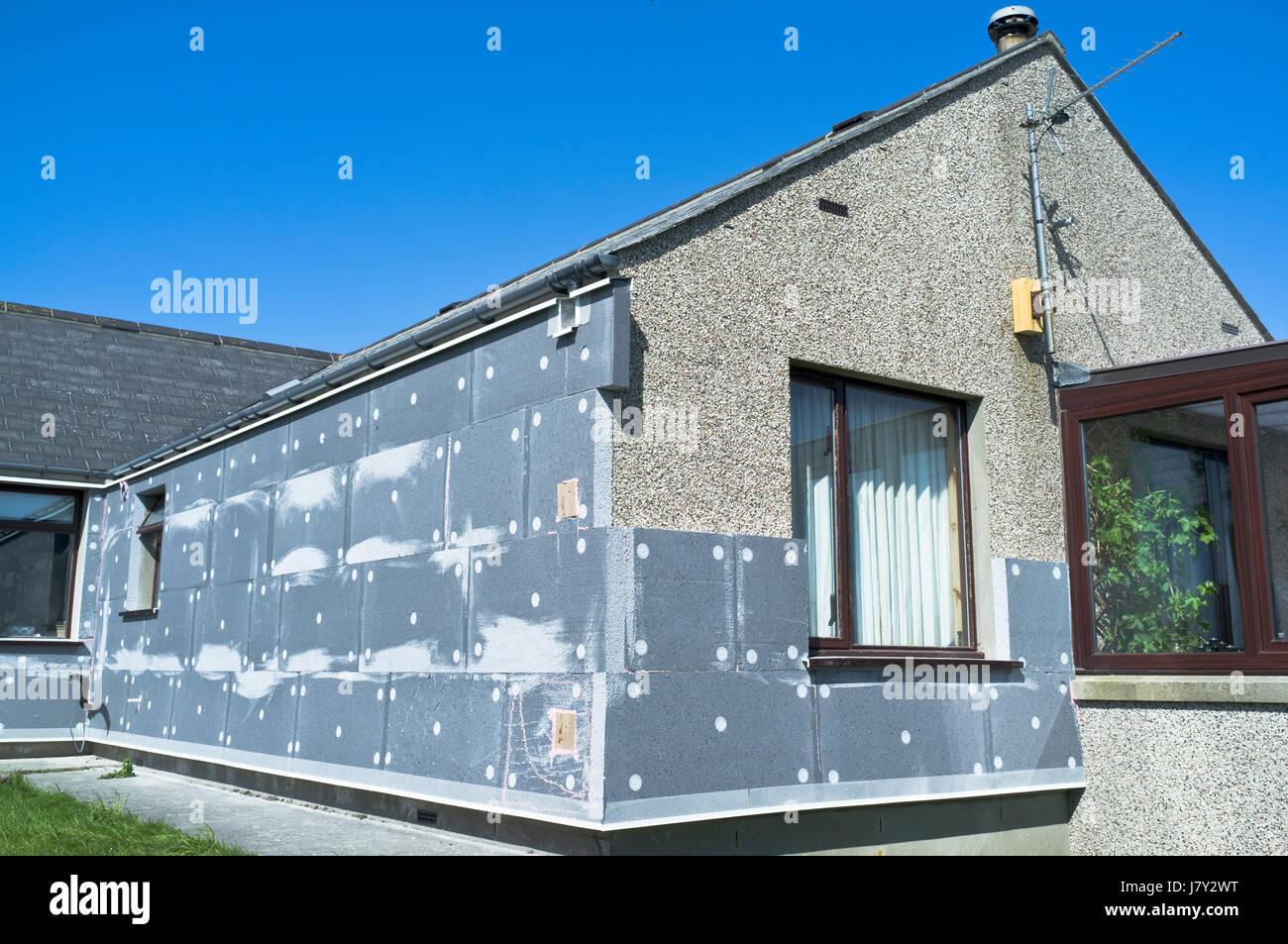Exterior home insulation plays a crucial role in energy efficiency. Let’s dive into the details of how it helps maintain indoor comfort and reduces energy bills, exploring various insulation materials and installation processes along the way.
Importance of Exterior Home Insulation

Exterior home insulation plays a crucial role in enhancing energy efficiency and reducing overall energy consumption.
By insulating the exterior walls of a home, it helps in maintaining a consistent indoor temperature throughout the year. This means keeping the heat out during the summer and retaining warmth during the winter, resulting in a comfortable living space for occupants.
Impact on Energy Bills
- Proper exterior insulation significantly reduces the need for heating and cooling, leading to lower energy bills.
- Insulating the exterior walls helps in preventing heat loss or gain, which in turn reduces the workload on HVAC systems, resulting in energy savings.
- With reduced energy consumption, homeowners can expect to see a noticeable decrease in their monthly utility bills, making exterior home insulation a cost-effective investment in the long run.
Types of Exterior Home Insulation

When it comes to insulating the exterior of your home, there are several types of insulation materials to choose from. Each type has its own set of benefits and drawbacks, so let’s take a closer look at some common options: foam, fiberglass, and cellulose.
Foam Insulation
Foam insulation is a popular choice for exterior home insulation due to its high R-value, which means it provides excellent thermal resistance. This type of insulation can help reduce energy costs and improve indoor comfort by sealing gaps and preventing air leakage.
However, foam insulation can be more expensive compared to other materials, and installation may require professional assistance.
Fiberglass Insulation
Fiberglass insulation is another commonly used material for exterior home insulation. It is cost-effective, easy to install, and provides good thermal performance. Fiberglass insulation is also non-combustible and resistant to moisture, making it a durable option for long-term insulation needs.
On the downside, fiberglass insulation can be itchy and may require protective gear during installation.
Cellulose Insulation, Exterior home insulation
Cellulose insulation is made from recycled paper and treated with chemicals to make it fire-resistant and pest-resistant. This eco-friendly option is a great choice for those looking for sustainable insulation solutions. Cellulose insulation is effective at reducing noise transmission and can be blown into wall cavities for easy installation.
However, it may settle over time, reducing its effectiveness if not installed properly.These are just a few examples of the types of exterior home insulation materials available on the market. Consider your budget, energy efficiency goals, and maintenance requirements when choosing the right insulation for your home.
Installation Process of Exterior Home Insulation

Installing exterior home insulation involves a step-by-step process that is crucial for effectively insulating your home and improving energy efficiency. It is important to understand the installation process, common challenges faced, and the importance of hiring professionals for the job.
Step-by-Step Installation Process
- 1. Prepare the exterior walls by cleaning and repairing any damages.
- 2. Install a water-resistant barrier to protect the insulation from moisture.
- 3. Attach the insulation panels or sheets to the exterior walls using adhesive or mechanical fasteners.
- 4. Seal all joints and seams to prevent air leakage.
- 5. Install cladding or siding over the insulation for added protection and aesthetic appeal.
Common Challenges and Solutions
- 1. Moisture issues: Properly sealing the insulation and using a water-resistant barrier can prevent moisture infiltration.
- 2. Air leaks: Thoroughly sealing joints and seams is essential to prevent air leakage and maintain energy efficiency.
- 3. Inadequate insulation: Ensuring proper installation and using the right type and amount of insulation can address this issue.
Importance of Hiring Professionals
- 1. Expertise: Professionals have the knowledge and experience to install insulation correctly and efficiently.
- 2. Safety: Working with insulation materials can be hazardous, and professionals have the necessary safety equipment and training.
- 3. Quality assurance: Hiring professionals ensures that the insulation is installed properly, maximizing its effectiveness.
Final Wrap-Up

In conclusion, exterior home insulation is a smart investment for a comfortable and energy-efficient living space. By understanding the types of insulation materials and installation procedures, you can make informed decisions to enhance your home’s insulation efficiency.
FAQ Insights: Exterior Home Insulation
How does exterior home insulation impact energy efficiency?
Exterior insulation helps in regulating indoor temperature, reducing the need for heating and cooling, thus lowering energy consumption.
What are the common challenges during exterior insulation installation?
Common challenges include moisture issues, improper sealing, and ensuring proper ventilation. Hiring professionals can help overcome these challenges effectively.